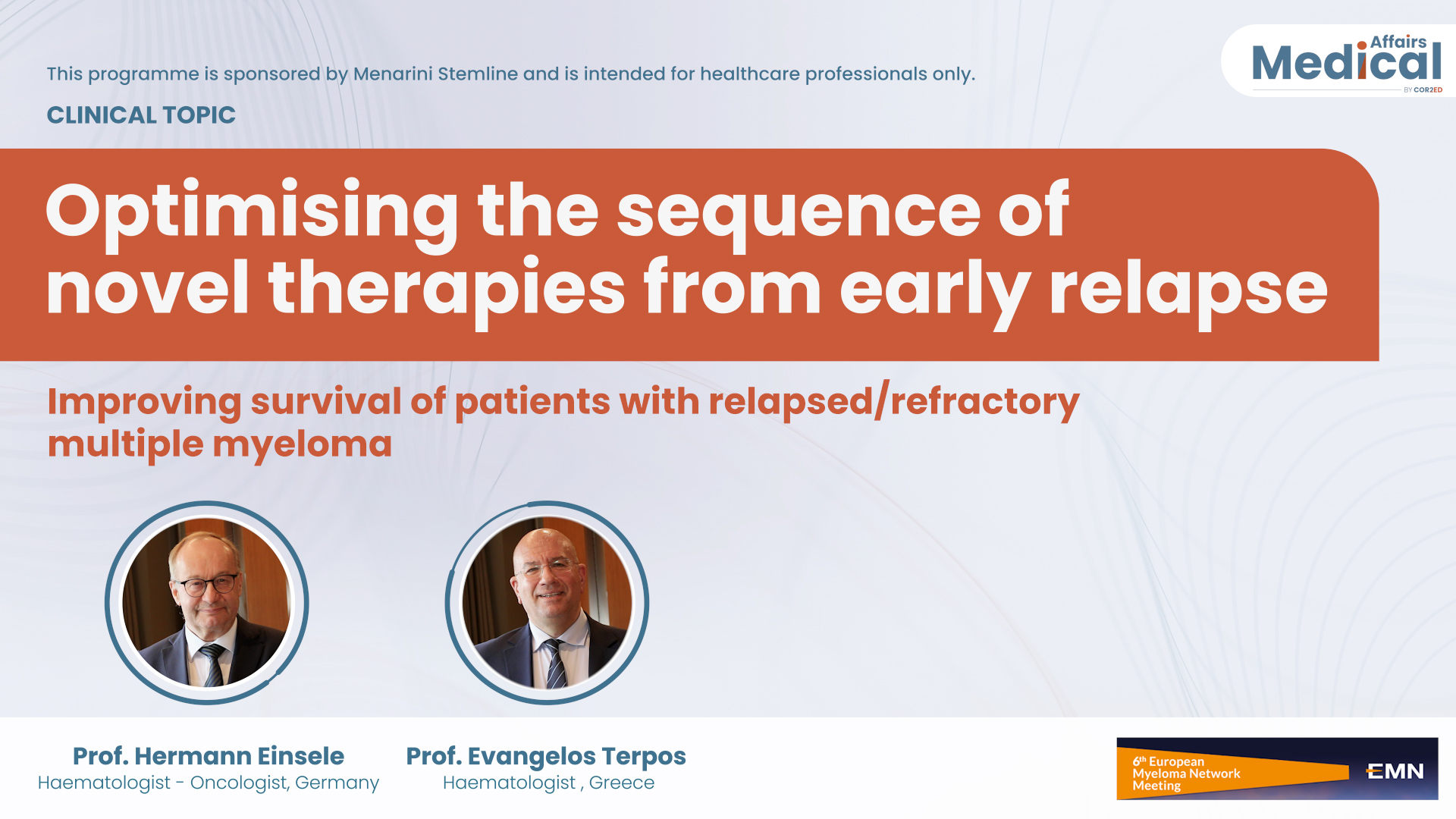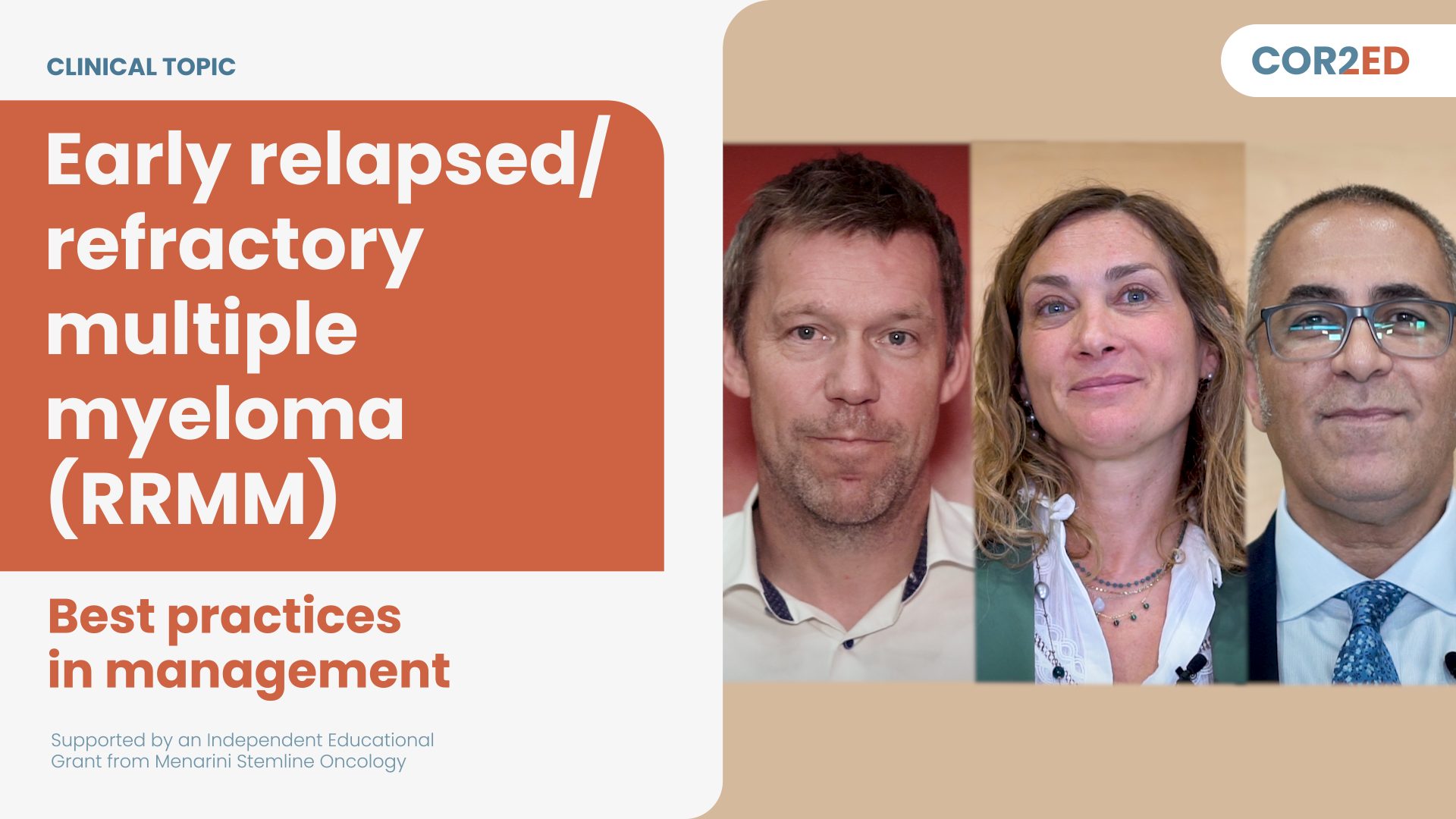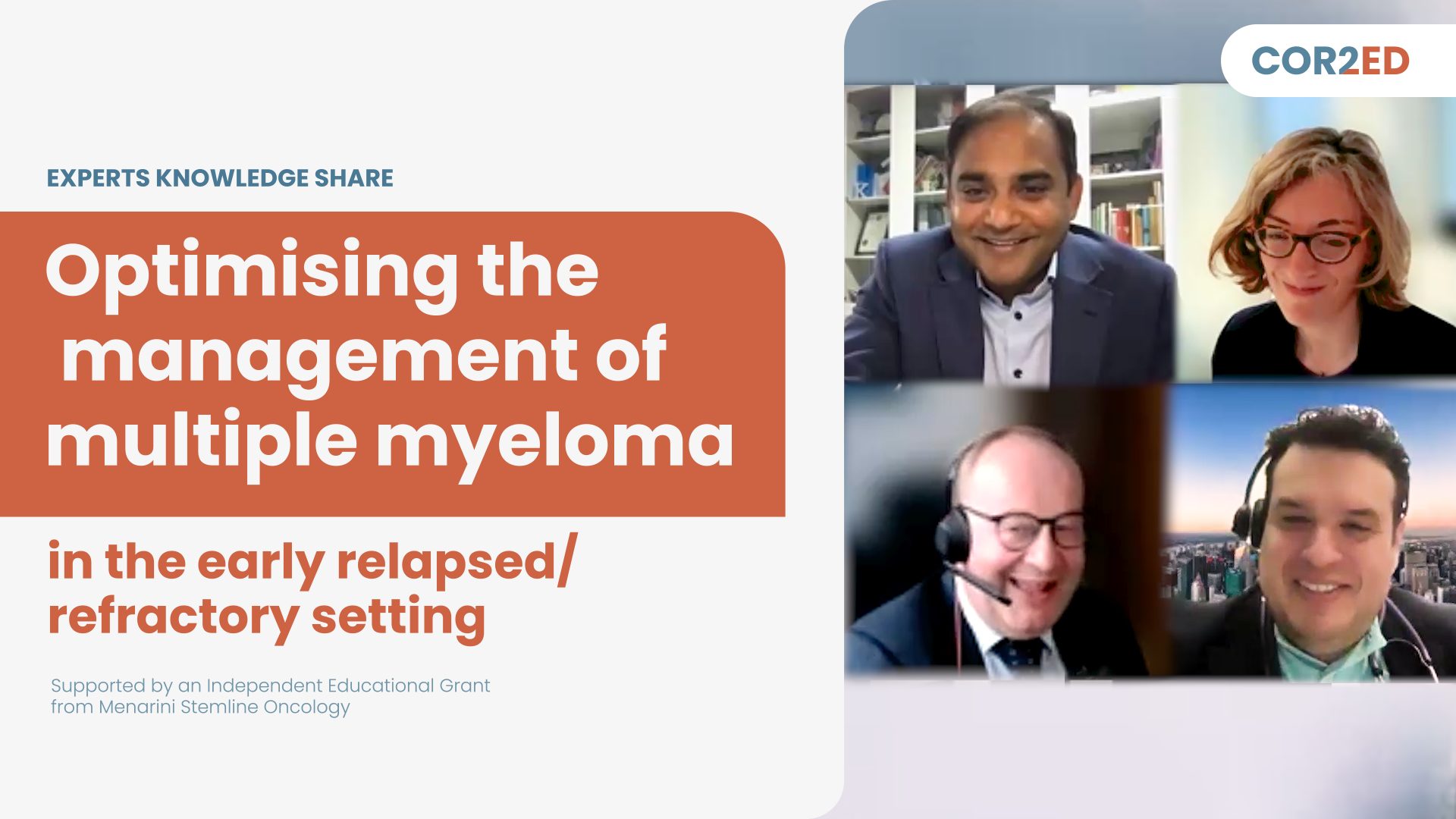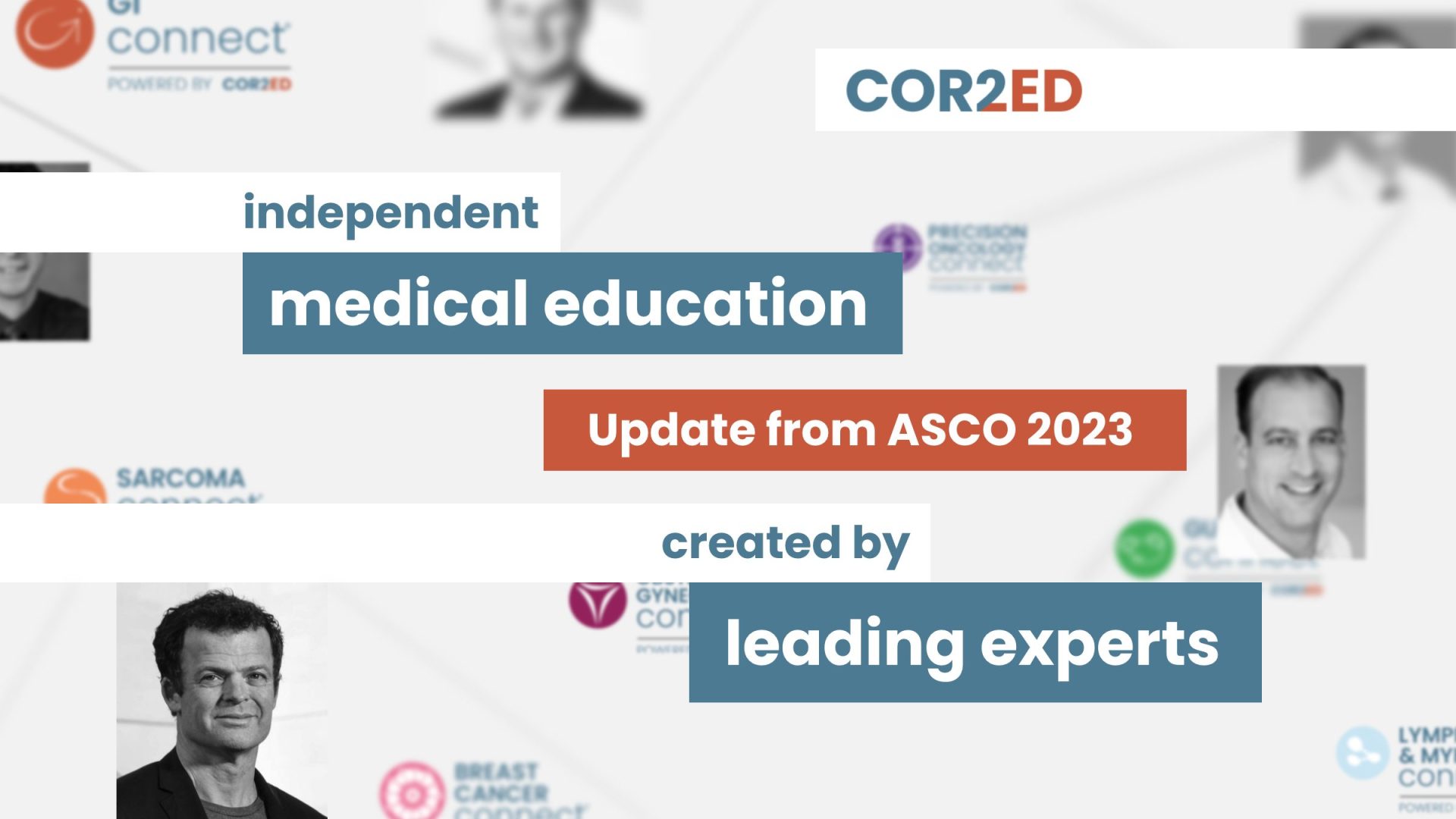Watch the video and download the slides
Stefan K. Barta, MD, MRCP(UK) underwent medical training at the Johann Wolfgang Goethe University Frankfort, Germany. He completed his internal medicine training at the St. Bartholomew’s and The Royal London Hospital, UK and his hematology-oncology fellowship at the Montefiore Medical Center/Albert-Einstein College of Medicine, Bronx, New York. Previously, Dr Barta led the T-cell lymphoma program at the Fox Chase Cancer Center. He is currently an Associate Professor of Medicine at the University of Pennsylvania, and is in charge of the T Cell Lymphoma Program. His research interests are focused on novel therapies in T-cell and other aggressive lymphomas. He was awarded with an American Society of Clinical Oncology (ASCO) Young Investigator Award in 2010. Since then, he has led and/or developed multiple investigational clinical trials for lymphoma either as study chair, principal investigator or site principal investigator. He serves on the lymphoma committees for the Eastern Cooperative Oncology Group (ECOG-ACRIN) and AIDS Malignancy Consortium (AMC) and is a member of the AMC steering committee. He is reviewer for several oncological journals and is on the editorial board for “Clinical Lymphoma, Myeloma & Leukemia”.
Other programmes of interest
Innovating relapsed refractory multiple myeloma care
Unmet needs, therapy management, and real-world experience
Experts
Assoc. Prof. María Victoria Mateos, Assoc. Prof. Karthik Ramasamy, Assoc. Prof. Elena ZamagniOptimising the sequence of novel therapies from early relapse in multiple myeloma
Improving the survival of patients with relapsed/refractory multiple myeloma
Experts
Prof. Hermann Einsele, Prof. Evangelos TerposEarly relapsed/refractory multiple myeloma (RRMM): best practices in management
A 3-part video series on managing early RRMM from leading medical experts
Experts
Assoc. Prof. Elena Zamagni, Dr Fredrik Schjesvold, Dr Joseph MikhaelOptimising the management of multiple myeloma in the early relapsed/refractory setting (RRMM)
Medical experts discuss the latest learnings from clinical practice
Experts
Prof. Aurore Perrot, Prof. Hermann Einsele, Assoc. Prof. Karthik Ramasamy, Assoc. Prof. Joshua RichterListen to Expert Insights on Late-Breaking Data from ASCO 2023
Episode 6: Lymphoma Update: SWOG S1826 trial
Experts
Dr Mansoor Raza Mirza, Dr Paolo Tarantino, Prof. Alexey V Danilov, Prof. Mark Socinski, Prof. Evan Yu, Prof. Thomas Powles, Assoc. Prof. Gerald PragerUpdate From ASH 2022
Highlights from the ASH Annual Meeting

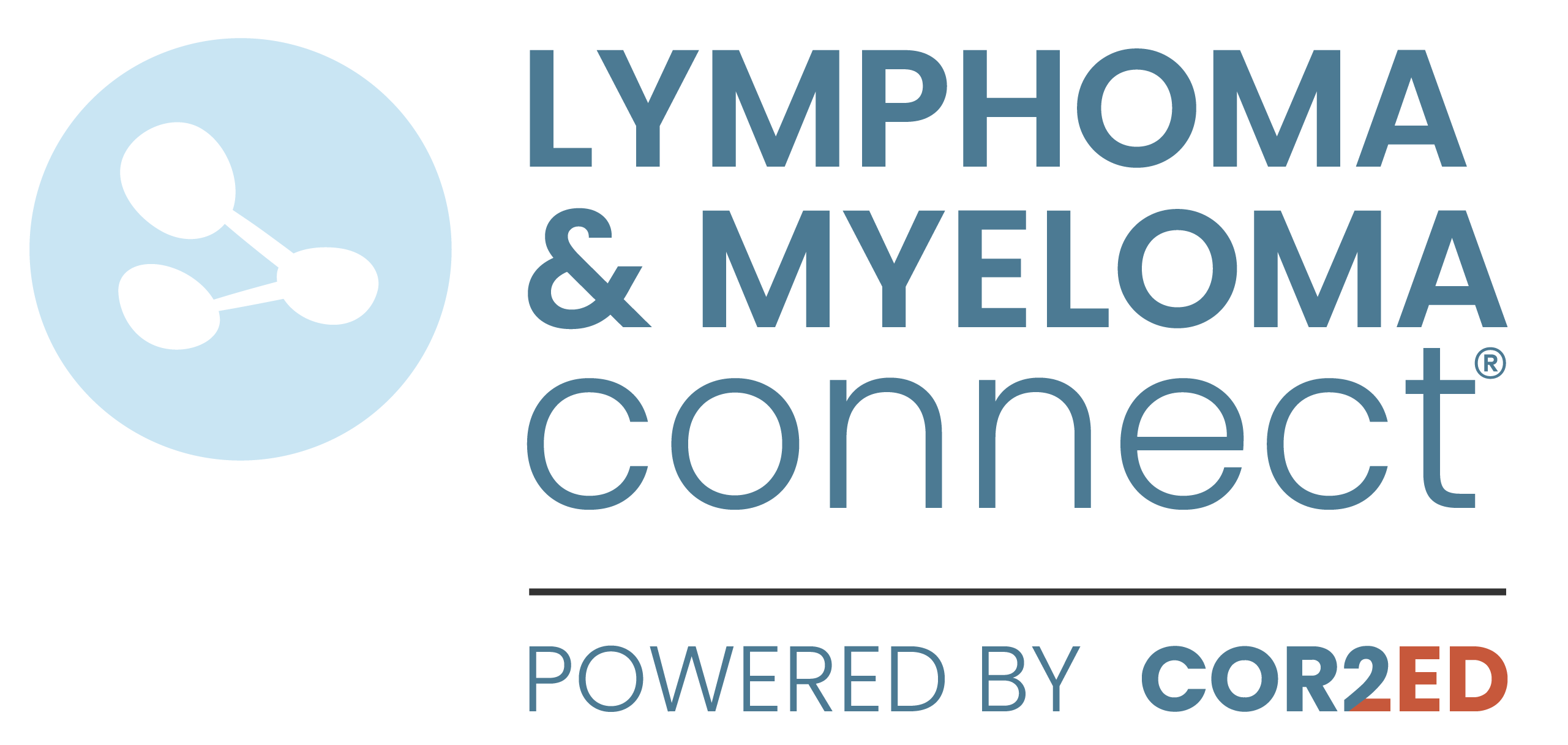
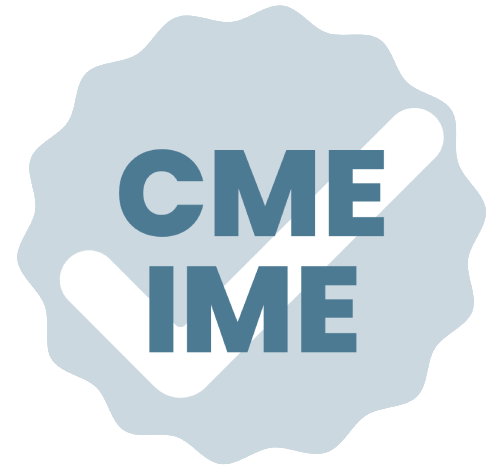
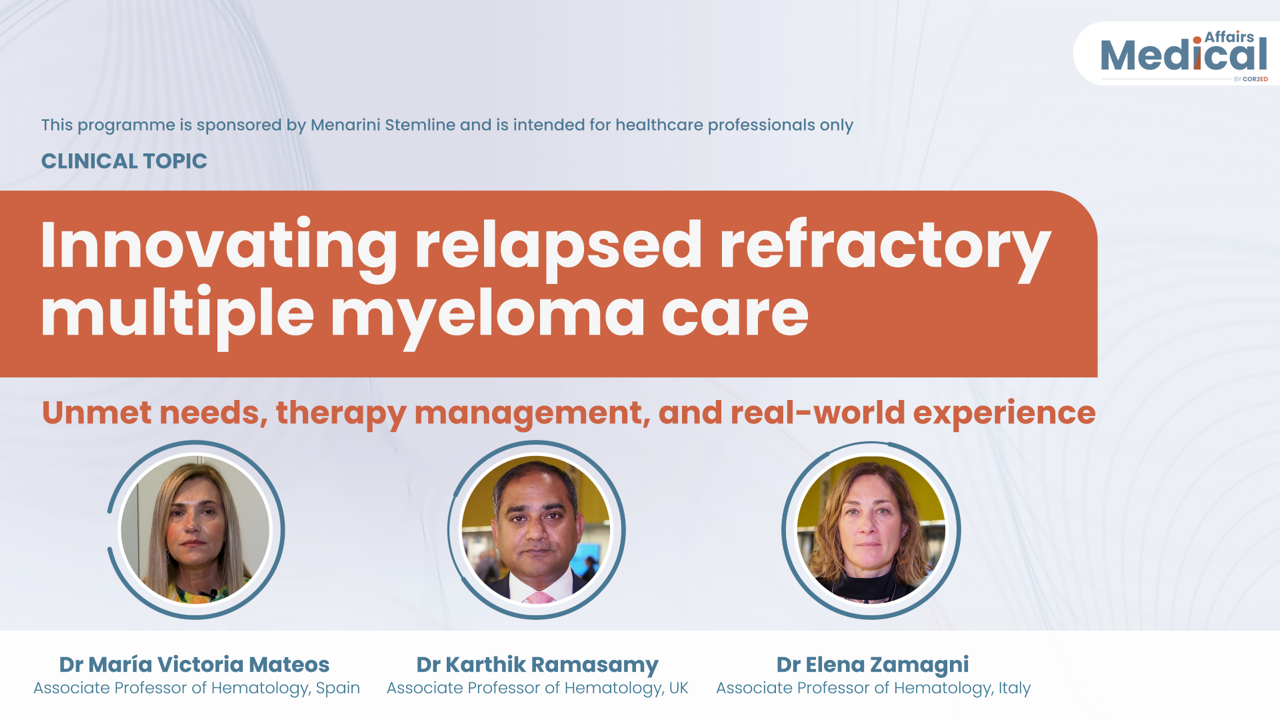
 Downloadable
Downloadable  3 MIN
3 MIN
 Jun 2025
Jun 2025 